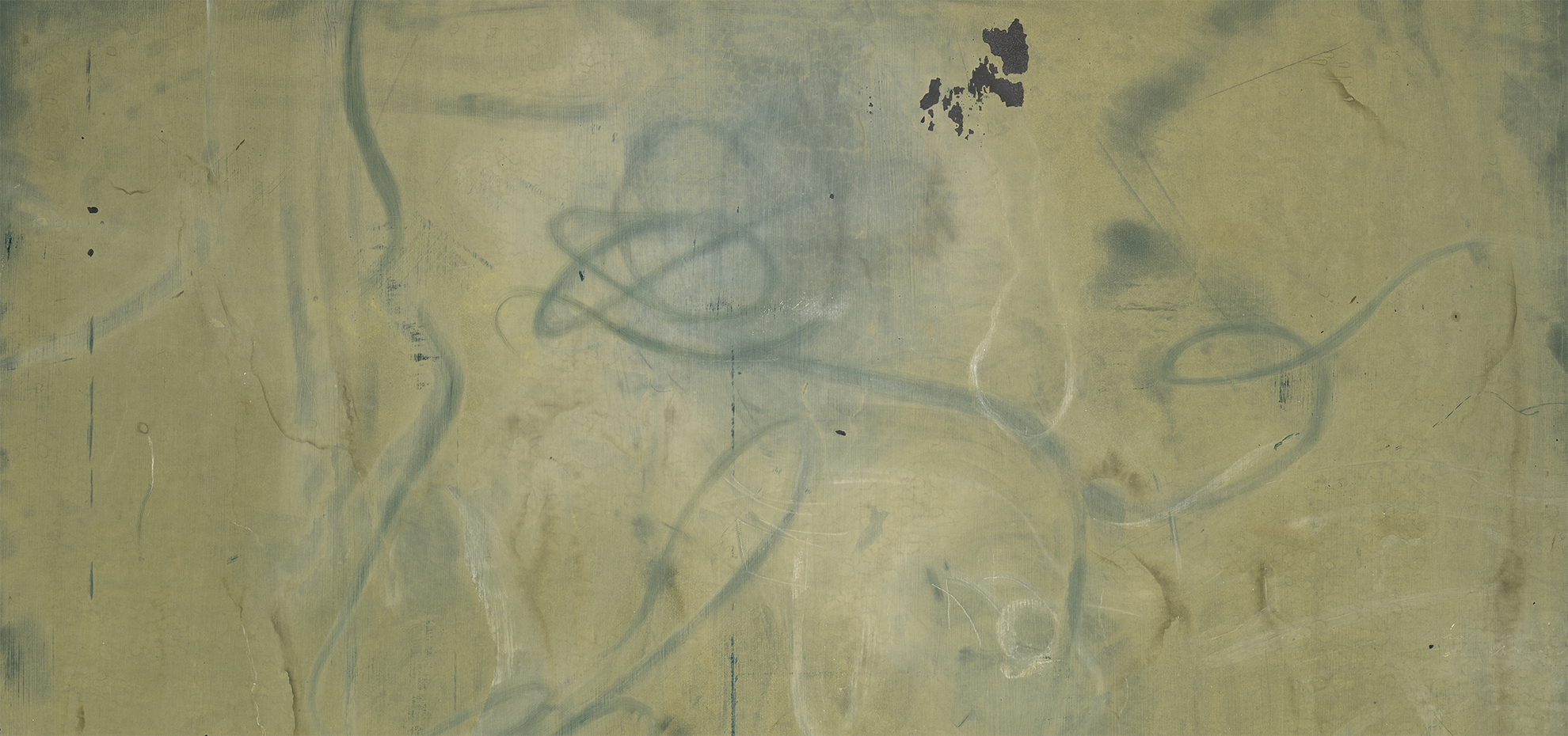Tacita Dean is possibly the most significant artist not widely known in the U.S. This will be remedied on Oct. 11, as the Menil Collection in Houston presents the first major museum survey of her work in this country, Tacita Dean: Blind Folly, on view through April 20, 2025.
“I have loved her work for a long time,” said Curator Michelle White. “She is so unknown stateside, and this show is really overdue. Working with her on this show has been amazing.” In 2018, Dean’s career retrospective was shown concurrently in three venues in London: the National Gallery, the National Portrait Gallery, and the Royal Academy. She served as artist in residence at the Getty Research Institute from 2014 to 2015.
Dean’s relationship with Cy Twombly precipitated her association with the Menil. After she saw his work in the late 1980s, she decided to do her dissertation on him. Subsequently, a relationship evolved, followed by her film Edwin Parker (Edwin Parker Twombly is the artist’s full name, and Cy was a family nickname). In the film, the elderly Twombly contemplates his sculptures in his small studio in Lexington, Virginia. Edwin Parker will be screened during the run of the show, as will Dean’s newest film, Claes Oldenburg Draws Blueberry Pie.
According to Director Rebecca Rabinow, “Over the past seven years, Dean has visited the Menil several times to develop an extraordinarily beautiful and thought-provoking exhibition that will include recent pieces created specifically for it.”
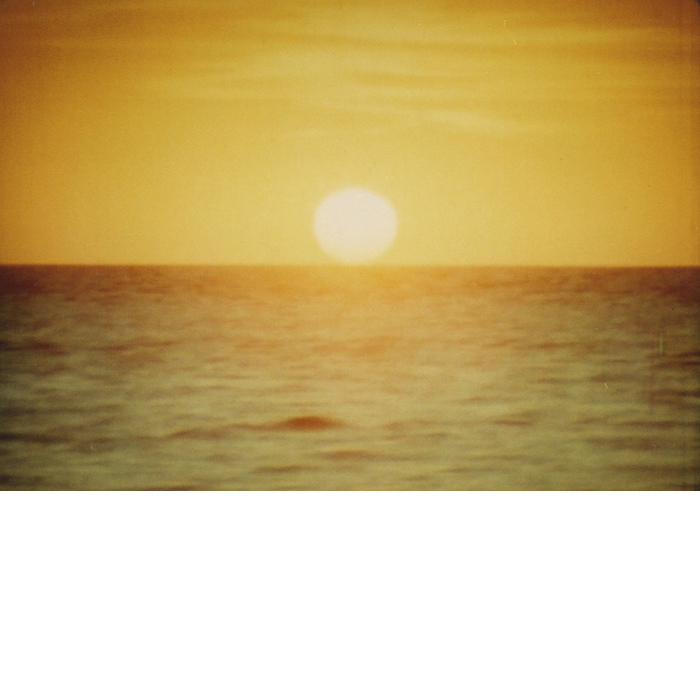
1 ⁄6
Tacita Dean, The Green Ray, 2001. 16mm color film, silent, 2 ½ minutes. Film still courtesy of the artist, Frith Street Gallery, London, and Marian Goodman Gallery, New York/Paris/Los Angeles. © Tacita Dean
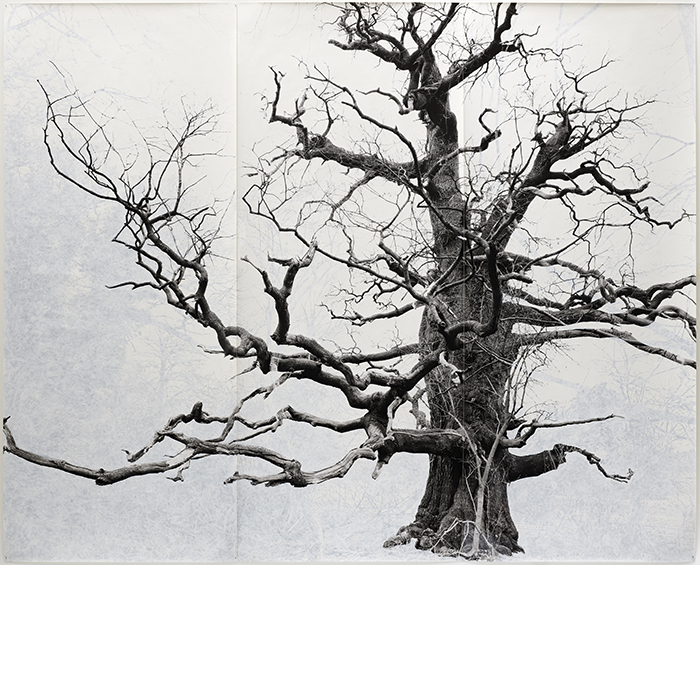
2 ⁄6
Tacita Dean, Beauty, 2006. Gouache on black and white fibre-based photograph mounted on paper, 141 × 147 in. (358.1 × 373.4 cm). San Francisco Museum of Modern Art; Purchase through a gift of Raoul Kennedy in memory of Patricia A. Kennedy. © Tacita Dean

3 ⁄6
Tacita Dean, Edwin Parker, 2011. 16mm color film, optical sound, 29 minutes. Film still courtesy of the artist, Frith Street Gallery, London, and Marian Goodman Gallery, New York/Paris/Los Angeles. © Tacita Dean
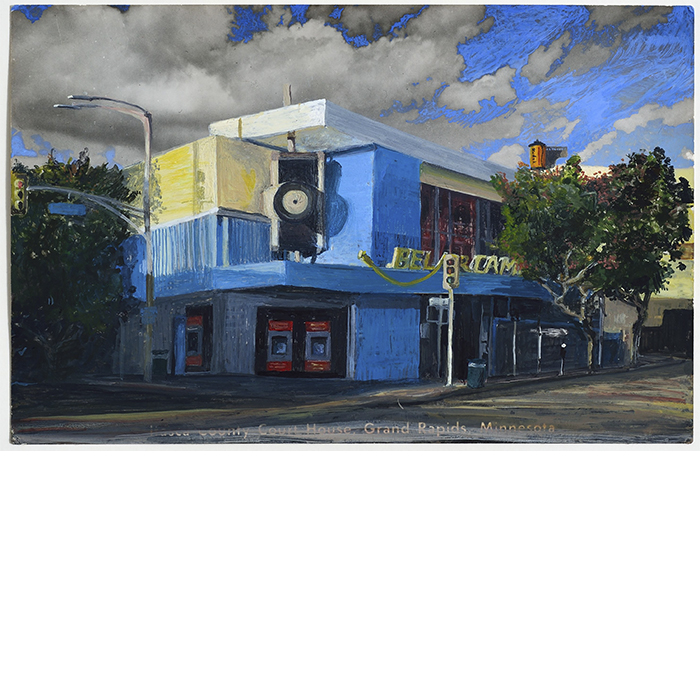
4 ⁄6
Tacita Dean, Bel Air Camera, 2016. Gouache on found cloud postcard, 3 1/2 × 5 3/8 in. (8.9 × 13.7 cm). Courtesy of the artist, Frith Street Gallery, London, and Marian Goodman Gallery, New York/Paris/Los Angeles. © Tacita Dean. Photo: Alex Yudzon

5 ⁄6
Tacita Dean, Green Folly, 2024. Spray chalk, white gouache, and charcoal pencil on found painted slate, 14 3/8 × 18 in. (36.5 × 45.7 cm). Courtesy of the artist. © Tacita Dean. Photo: Fredrik Nilsen Studio
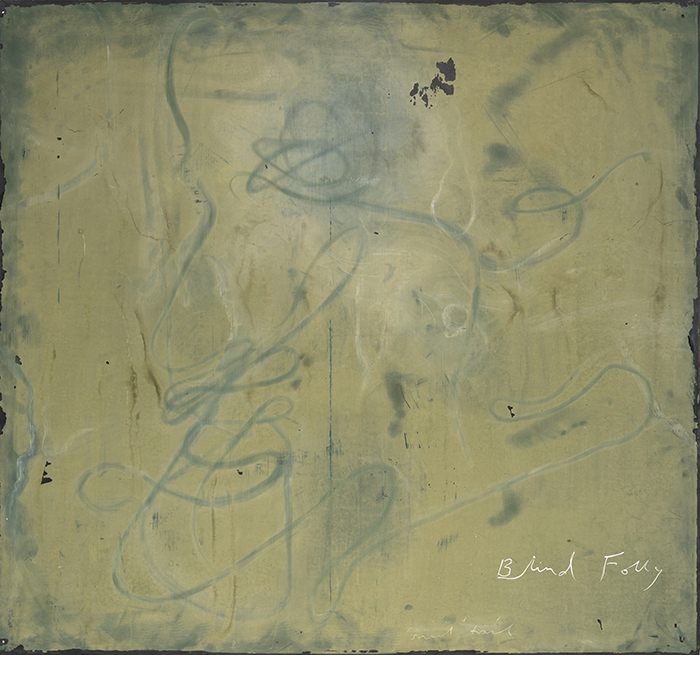
6 ⁄6
Tacita Dean, Blind Folly, 2024. Spray chalk, white gouache, and charcoal pencil on found painted slate, 48 × 51 1/8 in. (121.9 × 129.9 cm). Courtesy of the artist. © Tacita Dean.Photo: Fredrik Nilsen Studio
In The Guardian, Jonathan Jones writes that both artists are fixated on time: “Twombly is an artist who always seems to be looking back, whose works preserve desire and longing as phenomena both unresolved and lost in time. His building feels like a classical mausoleum, where you can lose your mind in the melancholic emptiness of his achingly sensual painting, Say Goodbye, Catullus, to the Shores of Asia Minor” (June 29, 2011). Likewise, much of Dean’s work is suffused with a feeling of loss.
Dean selected the playful British phrase “blind folly,” which means foolishness, for her show’s title to convey the importance that chance and fate play in her work. The drawings resonate with the beauty of obsolescence “at the moment of their disappearance, tracing their contours and fixing their image as they dissolve into painterly expressions of light and shadow. This approach has taken on an increased poignancy as the facilities that produce and process her preferred 16mm film stock have begun to disappear themselves” (New Museum, 2012). In fact, Dean is working to preserve celluloid film in the entertainment industry and is a founding member of savefilm.org.
Dean has said that her process is about “how to find by not looking” and “it’s all about metaphor …. everything that exists beyond the rational self.” Blind Folly reveals her aesthetic journey as she allows her instincts to guide her investigations into the passage of time, obsolescence, and the fragility of nature.
-DONNA TENNANT

